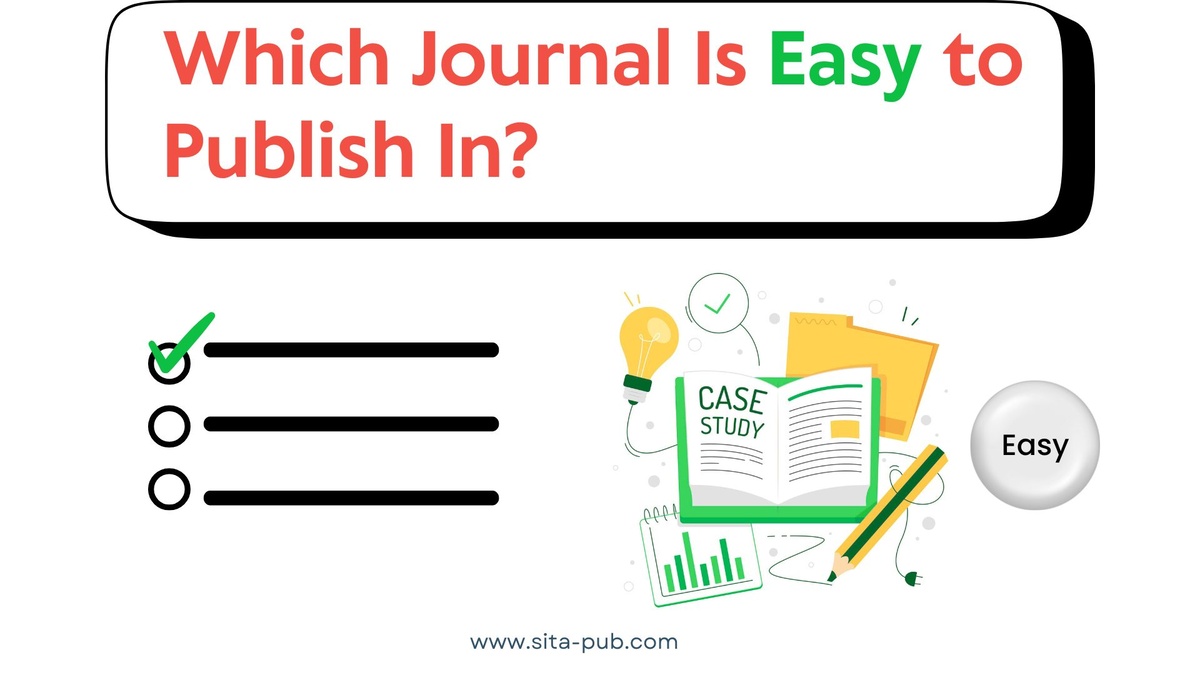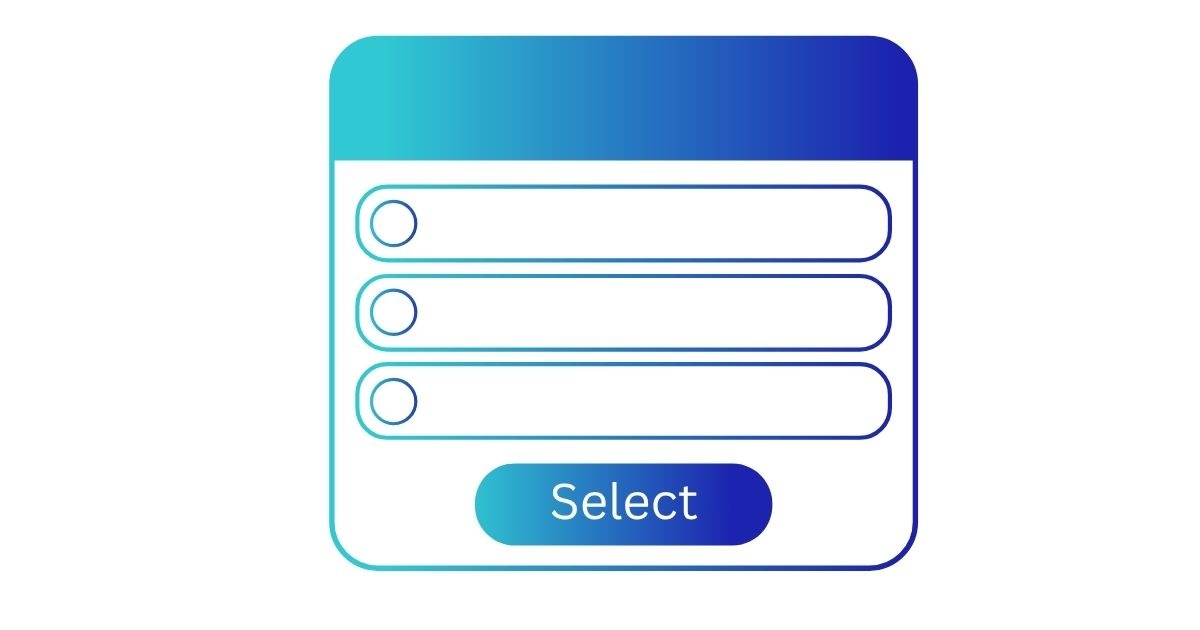Which Journal Is Easy to Publish In?


For many researchers—especially non-native English speakers or early-career academics—the question “Which journal is easy to publish in?” often arises. Whether you need to fulfill a graduation requirement, earn a promotion, or simply contribute to your field, publishing can feel like a challenging and time-consuming task.
The truth is, there’s no single journal that is universally “easy” to publish in. What seems accessible for one researcher might be difficult for another, depending on multiple variables like the quality of the manuscript, the subject area, the journal’s scope, and submission trends.
In this article, we’ll explore the main factors that influence how “easy” or difficult it is to get published in a journal and how you can use this knowledge to improve your publication strategy.

Let’s start with the key features that generally make a journal more accessible to authors:
A journal that accepts a larger percentage of submissions is, naturally, easier to publish in. These journals often welcome more diverse topics, including those from researchers who are still building their academic track records.
Journal Website: Some publishers, like Elsevier or Springer, list basic submission statistics.
Elsevier Journal Insights, Scopus, or Clarivate Analytics: These platforms may offer metrics on acceptance and review times.
Academic Forums: Sites like Reddit (r/academia), ResearchGate, or Quora can provide anecdotal experiences.
Ask Mentors: Experienced researchers in your field often know which journals are more accessible.
Tip: An acceptance rate above 35–40% is usually considered high in many fields.
Specialized or new journals in specific subfields tend to receive fewer submissions. If your work fits into one of these focused categories, you may have a better chance at publication.
A journal focused on AI in Arabic education or climate change in arid regions may be more open to regional or experimental research.
Interdisciplinary journals that target specific cultural, linguistic, or geographical areas.
Less competition due to narrow scope.
Editors are more receptive to new perspectives.
They're still building credibility and content libraries.
Always verify a niche journal’s reputation. Make sure it’s indexed in Scopus, Web of Science, or at least DOAJ (Directory of Open Access Journals). A journal that is “easy” to publish in but lacks indexing may not serve your academic goals in the long term.
Open-access journals allow anyone to read published articles for free. Many of them charge the author a publication fee (Article Processing Charge – APC), but some have no fees at all. These journals are sometimes more open to new submissions, especially in growing research areas.
Broader readership and citation potential.
Transparent review timelines.
In some cases, higher acceptance rates than traditional journals.

Opt for journals published by reputable platforms like SpringerOpen, MDPI, Frontiers, or PLOS.
Check if the journal is indexed in databases like PubMed, Scopus, or Web of Science.
Use doaj.org to verify that the journal meets international publishing standards.
Be cautious of predatory journals—they may promise quick publication but don’t provide proper peer review. Publishing in them can damage your academic reputation.
Before deciding which journal to submit to, take a moment to reflect on your primary research objective. Are you seeking academic recognition, aiming to impact a specific community, or hoping to influence public policy?
The “easiest” journal will differ depending on your goal:
Academic Promotion or Recognition: If your focus is on career advancement, target journals that are indexed in Scopus, Web of Science, or have a recognized impact factor—even if they’re more selective.
Community Engagement: If you want your findings to reach practitioners or local audiences, open-access or region-specific journals may be a better fit. These are often more accessible and widely read outside of academia.
Policy Influence: Research intended for government or institutional use may be best suited to journals affiliated with policy centers, NGOs, or international development organizations.

Always match the scope and readership of the journal to your desired outcome. An “easy” journal is only valuable if it helps your work reach the right audience.
Even in easier-to-access journals, poor manuscript quality can lead to rejection. Here are essential steps to strengthen your submission:
Every journal has its own formatting and structural requirements. Stick to them strictly.
If English isn’t your first language, have your paper reviewed by a native editor or a professional editing service.
Ensure originality using tools like Turnitin or iThenticate.
Use recent, peer-reviewed citations, preferably from the past 5 years.
If your data is limited, consider submitting a short communication or case report instead of a full-length article.

Rather than looking for a quick or easy route, a more productive question might be: Which journal is suitable for my current level and research scope? Journals with high acceptance rates, a clear match with your topic, and proper indexing can provide a better experience than simply chasing “easy” outlets.
No matter which journal you target, what matters most is the quality, relevance, and clarity of your work. Combine that with the right journal selection strategy, and your chances of publication—whether easy or not—will increase significantly.
If you have any questions, inquiries, or would like to learn more about our services, please don't hesitate to reach out to us. Our dedicated team is ready to assist you.